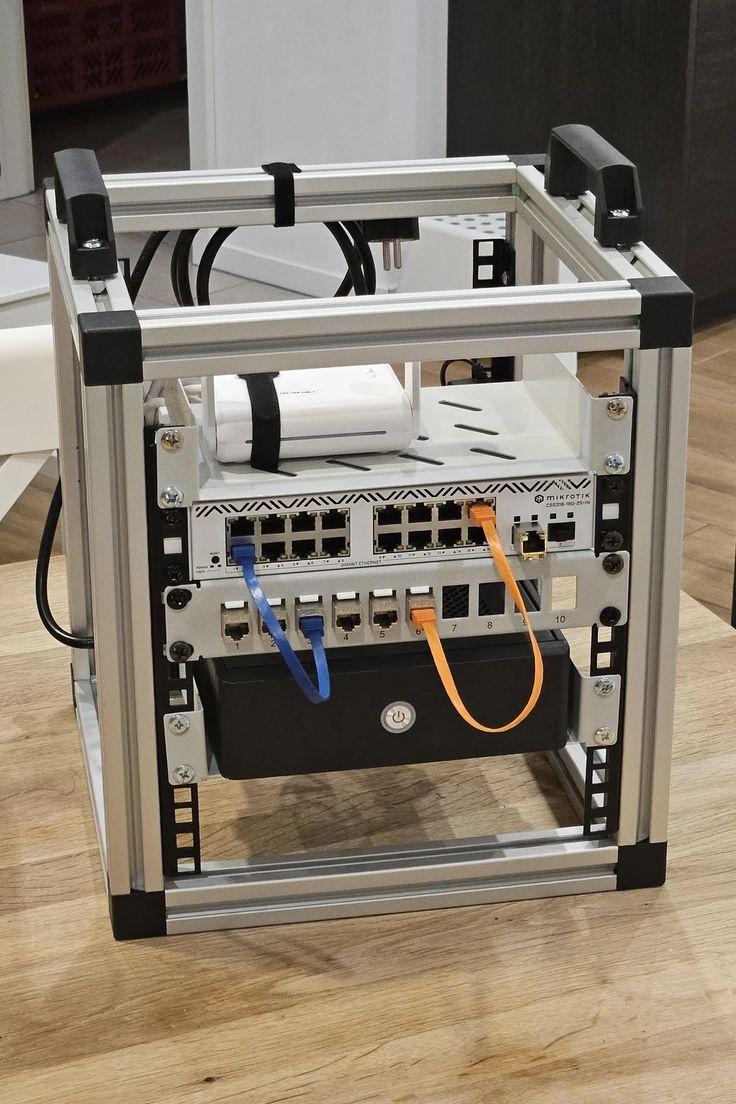Unlocking the Potential of the Modern Power Grid: Exploring Smart Grid Solutions

The electric power grid, a vast and complex network, is undergoing a profound transformation driven by the need for greater efficiency, reliability, and sustainability. At the heart of this evolution lies the concept of the "smart grid," an intelligent and interconnected system that leverages advanced technologies to optimize power delivery and consumption. Smart grid solutions encompass a wide range of innovations, from advanced metering infrastructure to sophisticated control systems, all designed to create a more responsive, resilient, and environmentally friendly power grid. This article explores the key components and benefits of smart grid solutions, highlighting their potential to revolutionize the way we generate, distribute, and consume electricity.
Key Components of Smart Grid Solutions
Smart grid solutions are built upon a foundation of advanced technologies that work together to enhance the performance of the power grid. These key components include:
- Advanced Metering Infrastructure (AMI): AMI systems consist of smart meters, communication networks, and data management systems that provide real-time information on energy consumption. This data enables utilities to better manage demand, detect outages, and offer customers more flexible pricing options.
- Smart Sensors and Monitoring Devices: Smart sensors and monitoring devices are deployed throughout the grid to collect data on voltage, current, temperature, and other parameters. This data is used to monitor the health of the grid, detect potential problems, and optimize system performance.
- Distribution Automation Systems (DAS): DAS systems use automated switches, reclosers, and other control devices to improve the reliability and efficiency of the distribution network. These systems can automatically isolate faults, restore power to customers, and optimize voltage levels.
- Wide Area Measurement Systems (WAMS): WAMS use high-speed sensors and communication networks to monitor the stability of the transmission grid over large geographic areas. This data is used to prevent blackouts and improve the overall reliability of the power system.
- Energy Storage Systems (ESS): ESS such as batteries, flywheels, and pumped hydro provide a way to store excess energy and release it when needed. This helps to smooth out fluctuations in renewable energy generation and improve grid stability.
- Demand Response (DR) Systems: DR systems incentivize customers to reduce their energy consumption during peak periods. This helps to reduce the need for additional generation capacity and lower energy costs.
Benefits of Implementing Smart Grid Solutions
The implementation of smart grid solutions offers numerous benefits for utilities, customers, and the environment:
- Improved Reliability: Smart grid technologies can help to prevent outages, reduce the duration of outages, and improve the overall reliability of the power grid.
- Enhanced Efficiency: Smart grid solutions can optimize power flow, reduce energy losses, and improve the efficiency of the distribution network.
- Increased Renewable Energy Integration: Smart grid technologies can facilitate the integration of renewable energy sources such as solar and wind power into the grid.
- Reduced Carbon Emissions: By improving energy efficiency and enabling the integration of renewable energy, smart grid solutions can help to reduce carbon emissions from the power sector.
- Lower Energy Costs: Smart grid technologies can help to lower energy costs for both utilities and customers.
- Greater Customer Control: Smart meters and other smart grid technologies give customers more control over their energy consumption and allow them to make more informed decisions about their energy use.
Challenges to Smart Grid Implementation
Despite the numerous benefits of smart grid solutions, there are also several challenges to their implementation:
- High Costs: The initial investment costs for smart grid technologies can be significant.
- Cybersecurity Risks: Smart grids are vulnerable to cyberattacks, which could disrupt power delivery and compromise customer data.
- Data Privacy Concerns: The collection and use of customer energy consumption data raise privacy concerns.
- Interoperability Issues: Ensuring that different smart grid technologies can communicate and work together seamlessly can be challenging.
- Regulatory Hurdles: Regulatory frameworks may need to be updated to accommodate smart grid technologies and business models.
Conclusion
Smart grid solutions offer a powerful set of tools for transforming the electric power grid into a more efficient, reliable, and sustainable system. By embracing these innovations, utilities, policymakers, and consumers can work together to create a smarter and more resilient energy future.
Pesquisar
Categorias
- Art
- Causes
- Crafts
- Dance
- Drinks
- Film
- Fitness
- Food
- Jogos
- Gardening
- Health
- Início
- Literature
- Music
- Networking
- Outro
- Party
- Religion
- Shopping
- Sports
- Theater
- Wellness
Leia mais
Kebenaran Tak Terbantahkan tentang Byd 99 Slot
Mesin slot online byd99 memberikan kesenangan berjam-jam bagi pemain veteran maupun pemula....
Browns raise QB Joe Flacco to the energetic lineup
The Cleveland Browns have elevated QB Joe Flacco and CB A.J. Green III from the method squad to...
MMOexp – Diablo 4: Meet the Pets That Fight and Fetch
In Diablo 4, every adventurer needs a loyal companion—and no, we’re not talking about...
Puzzle Boards as Living-Room Centerpieces: How a Flat Surface Became the Heart of the Home
Walk into any Scandinavian-inspired apartment today and you’ll notice a new piece of...
Car Detailing Services Market Forecasted to Achieve Record Growth by 2032
Market Overview
The car detailing services market is witnessing robust growth as vehicle owners...



